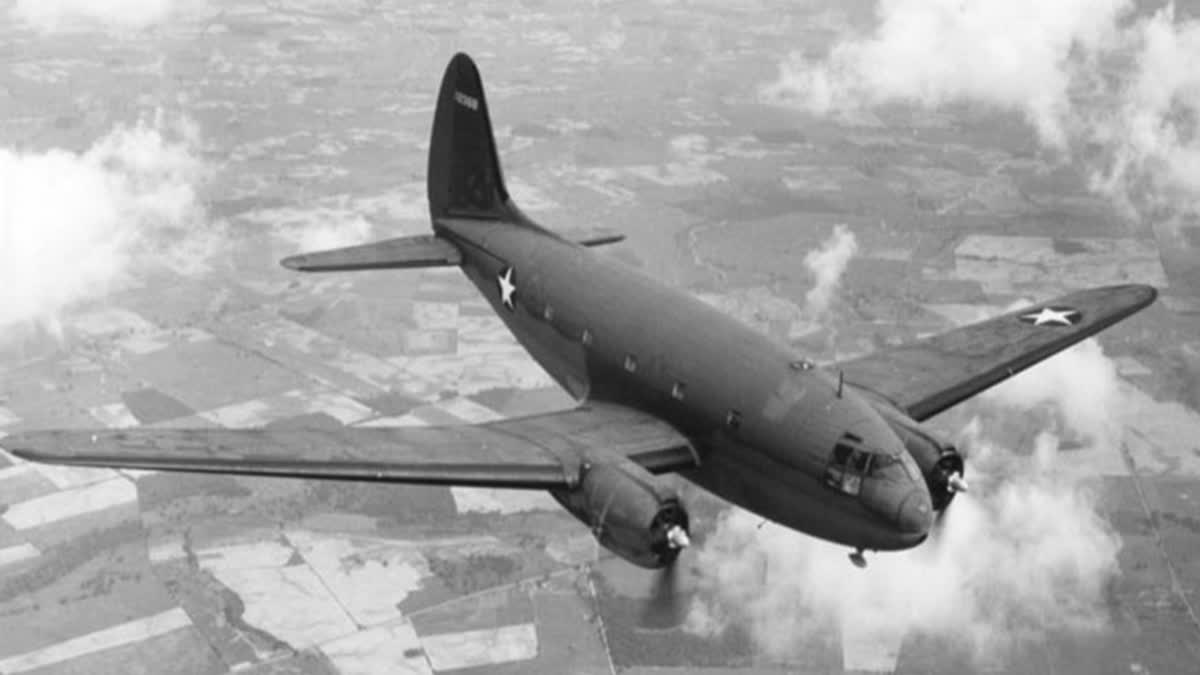Itanagar: US Ambassador to India Eric Garcetti will inaugurate a unique museum showcasing remnants of an aircraft that crashed in Arunachal Pradesh during World War II.
Named as 'Hump World War II', the museum will come up at East Siang district headquarters Pasighat, officials said. The museum is being set up at the initiative of Chief Minister Pema Khandu. Khandu had on October 26 this year while reviewing the progress of the museum said that it would pay tribute to 'Hump Operation', one of the most remarkable feats of aviation history.
During World War II, the Allied Forces led by the United States flew supplies over the Himalayas. The route was known as 'The Hump' because of the altitude of the Eastern Himalayas. Many of their aircraft went missing in Arunachal Pradesh and were never found in the remote jungles and mountains.
The Hump route traverses regions of Arunachal Pradesh, Assam, Tibet, Yunnan (China) and Myanmar, and it is estimated that nearly 650 aircraft crashed in these areas during World War II due to the extreme flying conditions.
In 1942, when the Japanese Army blocked the 1,150 km Burma Road, a mountain highway connecting Lashio in present-day Myanmar and Kunming in China, the US-led allied forces had to undertake one of the biggest airlifts in aviation history.
The pilots of the Allied forces nicknamed the route 'The Hump' because their aircraft had to navigate deep gorges and then quickly fly over mountains rising beyond 10,000 feet.
According to a US Embassy handout in 2017, investigators from the Defense POW/MIA Accounting Agency (DPAA) returned to India that year to continue the search for remains of US personnel missing since World War II.
In 2016, the DPAA deployed a team to northeast India for 30 days in search of remains of unaccounted-for US airmen. There are approximately 400 US airmen missing in India, most of whose remains are believed to be located in the Himalayan Mountains in northeast India.
Read more:



